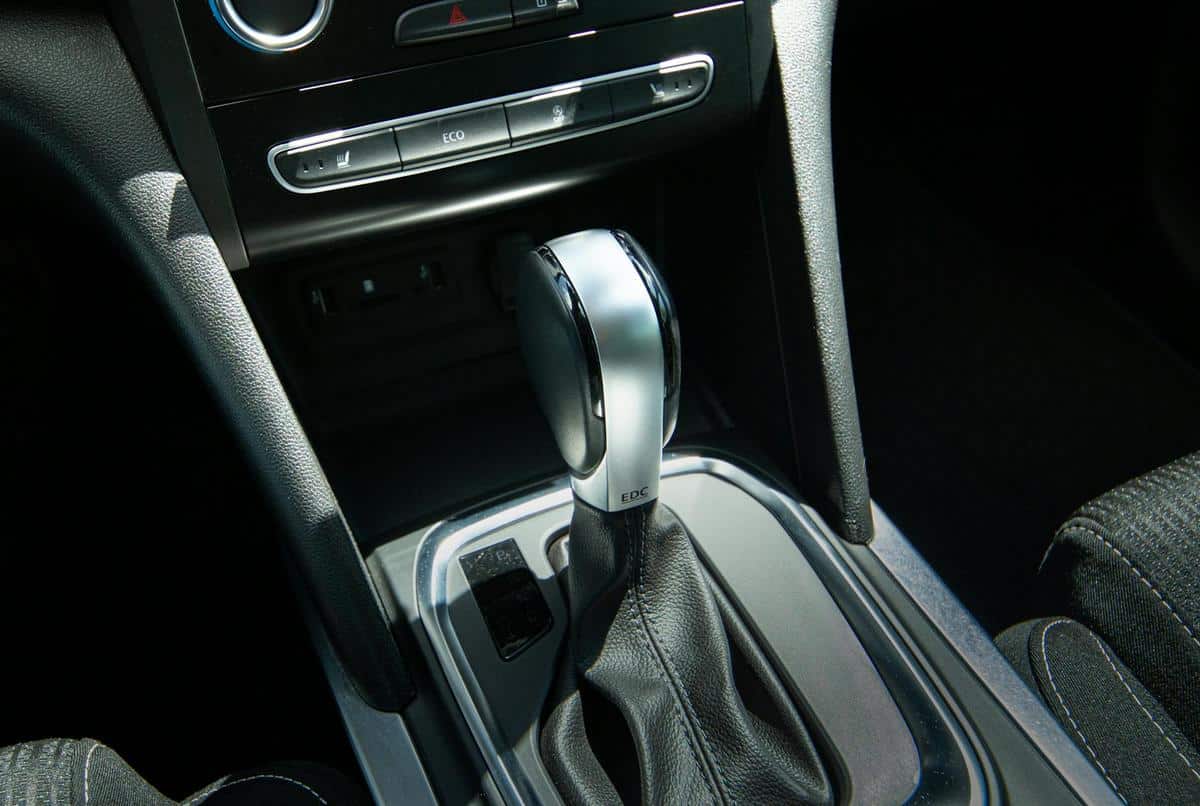
Sustainable Car Interiors: A New Trend in Luxury Vehicles
The rise of sustainable technologies is reshaping the automotive industry, with luxury vehicles now embracing eco-friendly materials to create exquisite car interiors that respect the environment.
As consumers become more conscious of their environmental impact, the demand for sustainable car interiors is surging. This shift isn’t just about reducing carbon footprints; it’s about redefining luxury with a focus on ethical sourcing and innovative materials.
Eco-Friendly Materials in Luxury Cars
Sustainable materials are making their way into the plush interiors of high-end vehicles. From recycled plastics and natural fibers to vegan leathers, the options are expanding. According to a study by the Automotive Industry Association, 60% of new luxury vehicles will feature sustainable interiors by 2025.
Expert Insights
“The automotive industry is at a tipping point where sustainability is not just a trend but a necessity,” says Mark Thompson, a renowned automotive analyst. “Luxury brands are leading the way in integrating green technologies with traditional craftsmanship.”
Innovative Approaches
Luxury car manufacturers are experimenting with materials like bamboo, cork, and even ocean-recovered plastics. These materials not only reduce environmental damage but also offer unique textures and aesthetics. For instance, cork is naturally insulating and provides a warm, tactile experience.
Personal Anecdote
Consider the experience of Alex, who recently purchased a luxury vehicle featuring sustainable interiors. “I was amazed at how the eco-friendly materials elevated the car’s aesthetic and comfort level,” Alex shared. “It’s satisfying to know that my choice supports a sustainable future.”
Actionable Tips for Car Buyers
- Research the materials used: Look for cars that use recycled or sustainably sourced materials.
- Consider the manufacturing process: Some manufacturers are more transparent about their sustainability practices.
- Test the feel: Visit showrooms to experience the texture and comfort of sustainable materials firsthand.
Comparison of Sustainable Materials
| Material | Source | Benefits | Challenges |
|---|---|---|---|
| Recycled Plastics | Ocean waste | Reduces pollution | Costly to process |
| Bamboo | Renewable plant | Fast-growing | Limited durability |
| Cork | Tree bark | Insulating | Limited color options |
| Vegan Leather | Synthetic | Animal-friendly | May not be biodegradable |
| Natural Fibers | Cotton, wool | Biodegradable | Prone to wear |
| Ocean-Plastics | Marine waste | Repurposes waste | High collection cost |
| Hemp | Plant-based | Strong and durable | Limited availability |
| Recycled Metals | Scrap | Conserves resources | Energy-intensive process |
Frequently Asked Questions
What are sustainable car interiors?
Sustainable car interiors are made from materials that are environmentally friendly, such as recycled plastics, natural fibers, and vegan leathers, with a focus on reducing environmental impact.
Why are luxury car brands adopting sustainable materials?
Luxury brands are adopting sustainable materials to meet the growing demand for eco-friendly products and to lead the industry in ethical manufacturing practices.
Are sustainable materials as durable as traditional ones?
While some sustainable materials may have different durability characteristics, advancements in technology are improving their performance to match or exceed traditional materials.
Conclusion
The trend towards sustainable car interiors is not just a passing phase but a significant shift towards more responsible luxury. By choosing vehicles with eco-friendly interiors, consumers can enjoy the comfort and elegance of high-end cars while contributing to a more sustainable future. As the industry continues to innovate, we can expect even more exciting developments in sustainable automotive design.